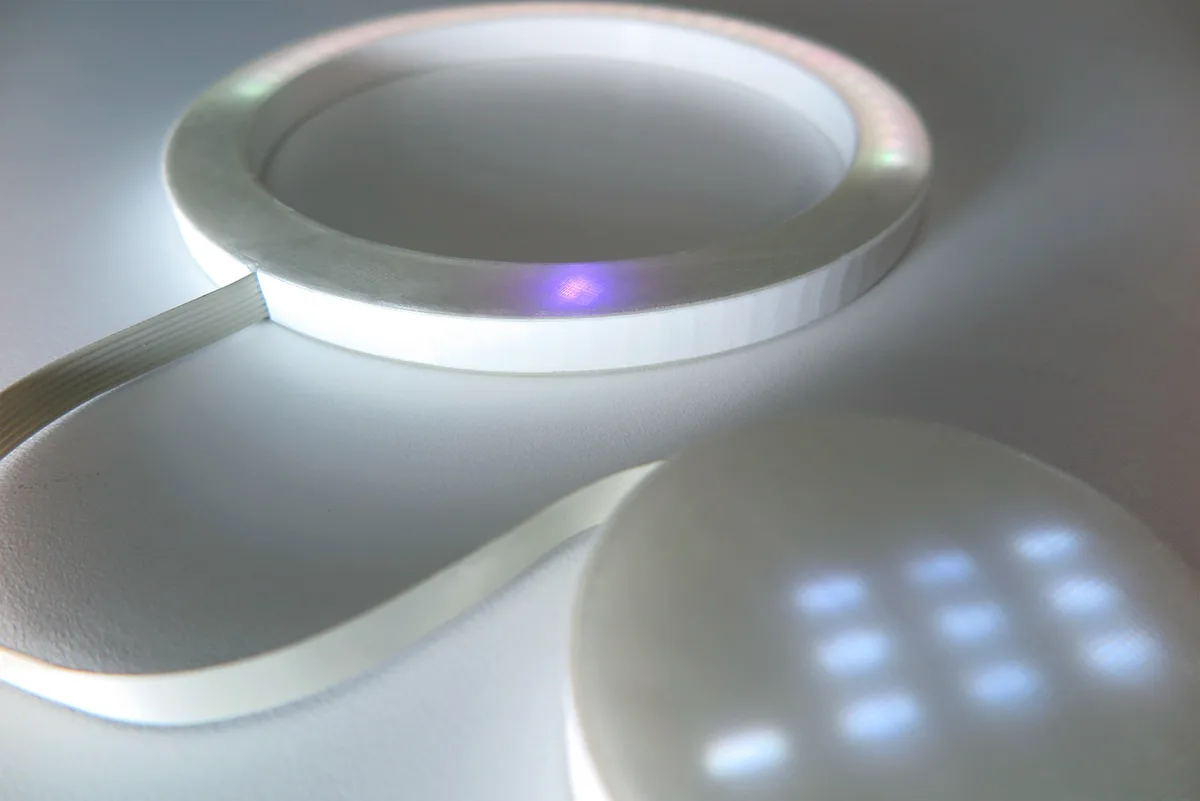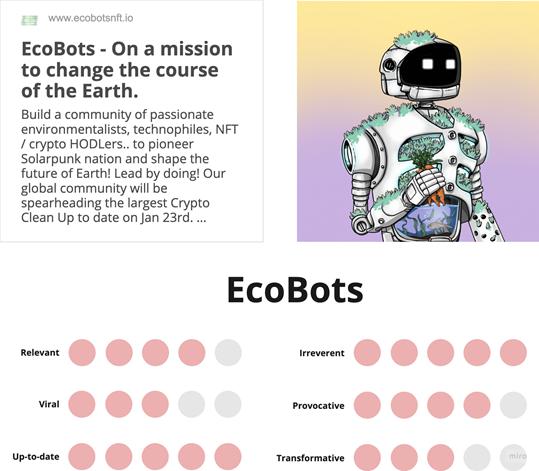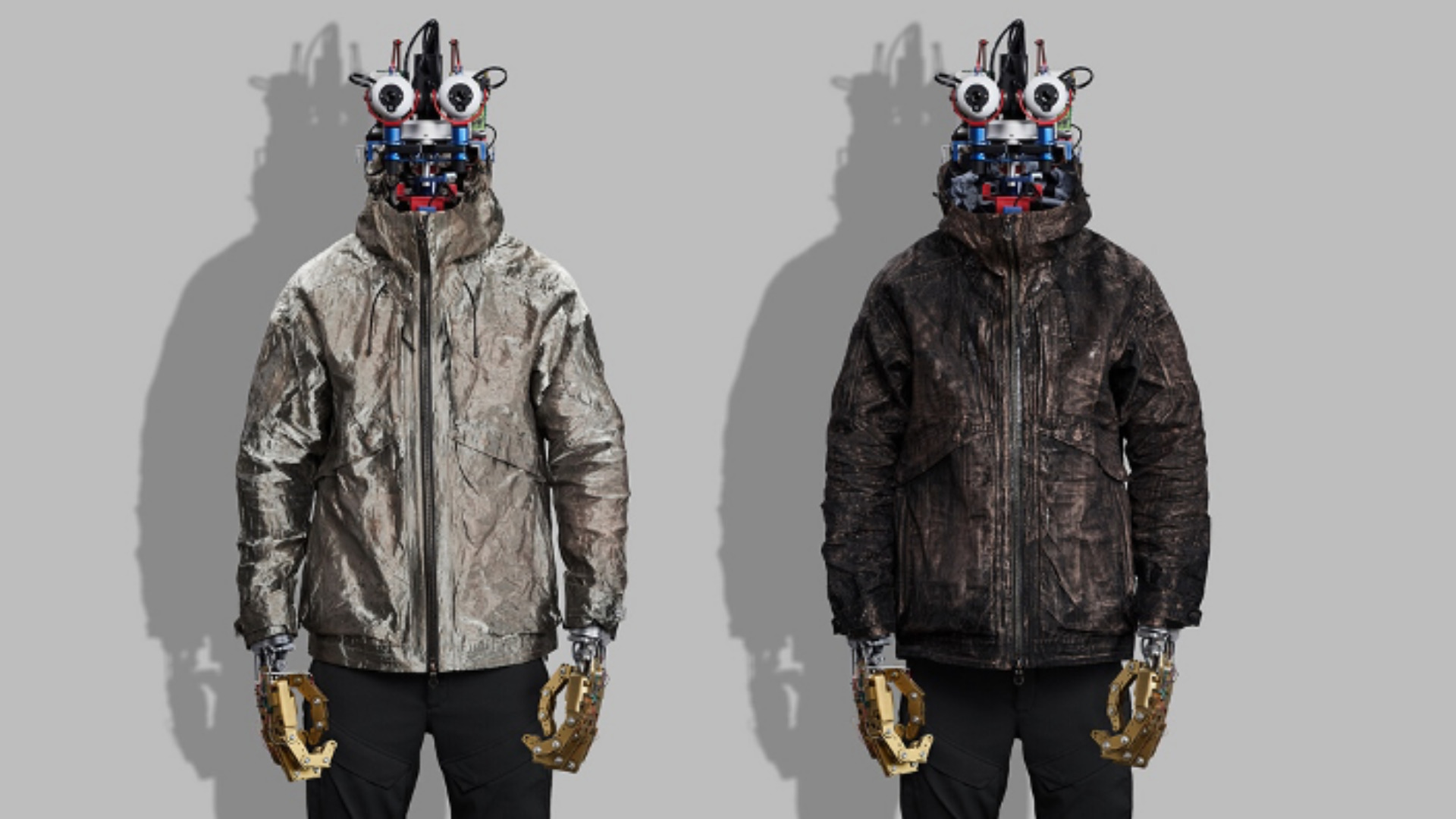
ON HOW THE CORONA PANDEMIC INFLUENCES THE USE OF TEXTILE
August 11, 2020
WHAT THE PLANT?!
August 20, 2020Let’s get nerd. Futures studies (https://en.wikipedia.org/wiki/Futures_studies) is “the systematic, interdisciplinary and holistic study of social and technological advancement, and other environmental trends, often for the purpose of exploring how people will live and work in the future.”
It describes the process of playing with different scenarios for the future. Combining science, lots of data, creativity & storytelling; futurists aim to play with possibilities: visions of what could be. No matter if it’s a problem-solving focused dynamic or just a free creative exercise, the fun begins when you say…
What if.
But, what if we look at the past? Other futurists before us have done the same we’re doing today. Some of those visions of the future look funny now. Others are impressively accurate. What can we learn from them and apply to our beloved profession?

Future’s scenarios are projections of what we know about us in the present. The most popular ones result those which play with current mainstream ideas, emotions, emerging technologies, needs and beliefs. These scenarios are beautiful pictures of a specific moment of time, a context where someone imagined a ‘futurible’ (a Spanish word that should exist in English, something like ‘a possible scenario of the future’).
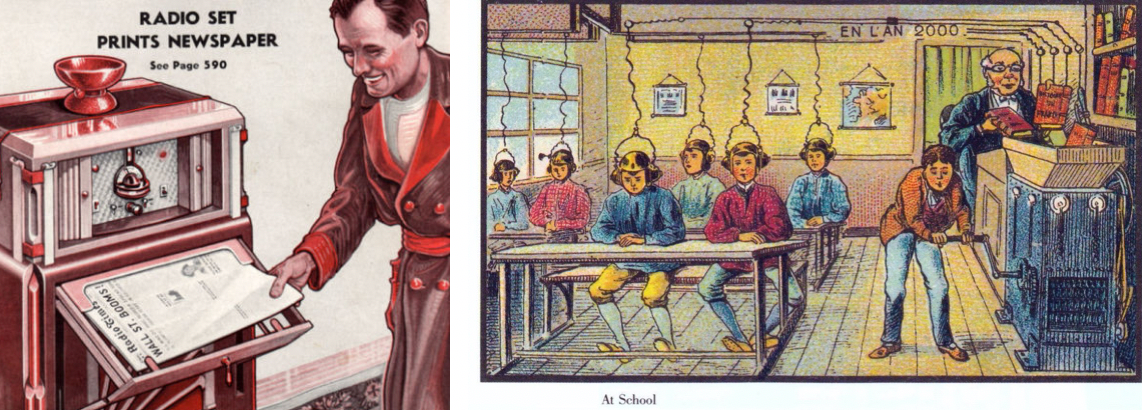
Year zero a.c. (after coronavirus)
We didn’t see it coming. The black swan ate our homework. Everything changed in hours, the economies stopped, and we’re trying every day to connect the moving dots. We still don’t know the dimension of this pandemic, and we still have 3 to 5 years to go! It is changing our behaviors, beliefs and values profoundly. It can go wrong on so many levels. Have you seen 12 Monkeys lately?
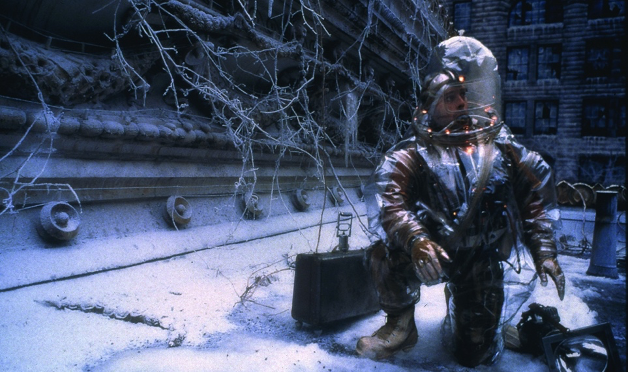
Given the nature of life on earth, pandemics are a matter of ‘when’, not ‘if’. So, say the experts. We all know that now. Our future’s scenarios of last year may look in 2021 as some of these old pictures. From now on, we include things like sanitization, hygiene protocols, tests and physical distancing to our analysis and brainstorms. A tiny virus hijacked our priorities and, probably, the future as we imagined it.
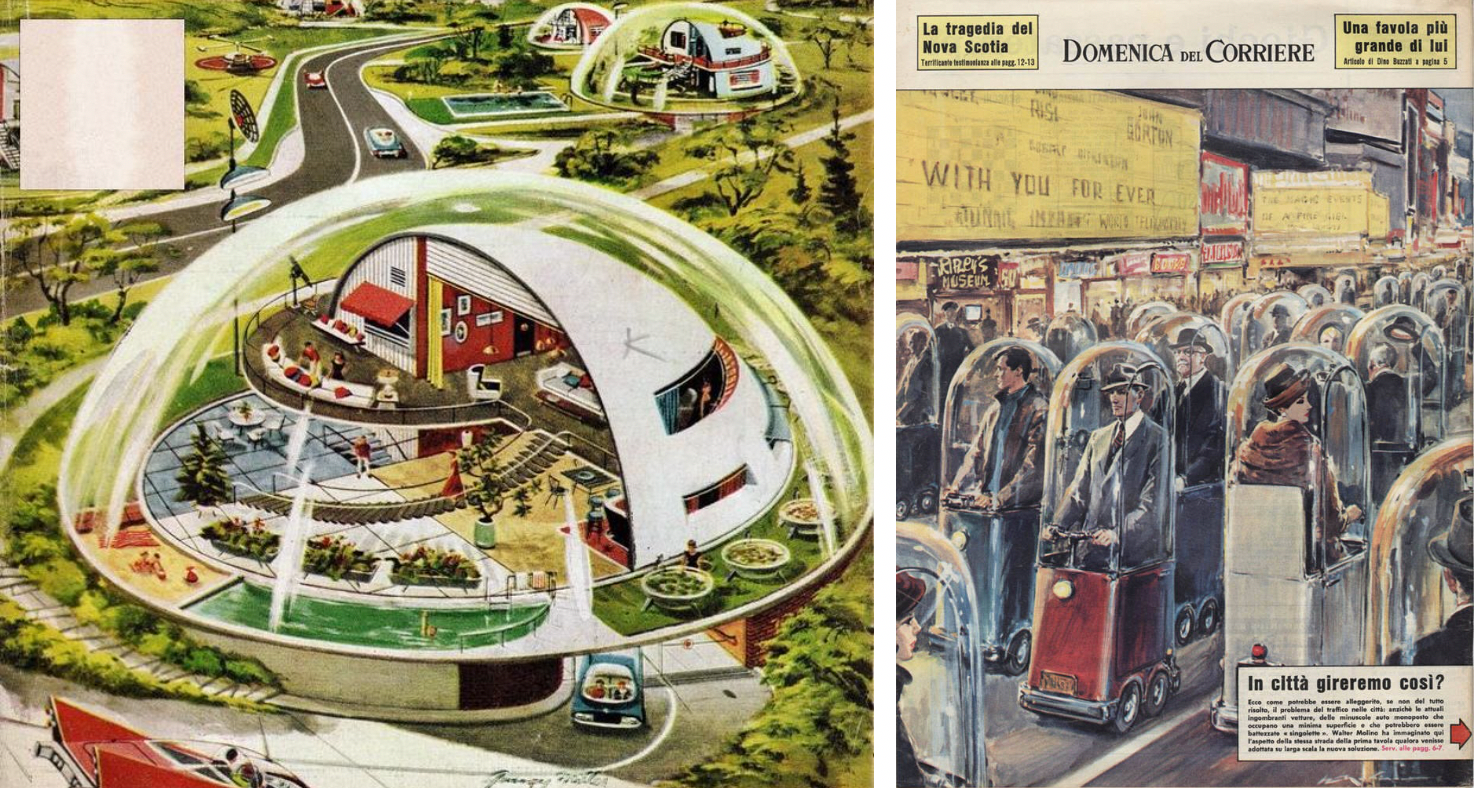
Not all black swans are created equal
This has happened before many times, events that changed our reality dramatically. Looking at these futuristic images from the past, you may spot one detail missing in almost all of them: The Internet. Internet was the black swan of the 20th century’s futurists. The combination of what we now call the cloud, pervasiveness, mobility, peer-to-peer connections, algorithms, big data and interactivity, blew our possibilities. It changed forever the way we conceive the future.

So did the coronavirus now. Futures’ scenarios, like life-expectancy calculators, are based on dynamic predictive models. The more we know about something, technology, science, economics, human nature and pop culture, the more biases we challenge, the more facts we can connect in our minds. Our predictions become accurate as events develop, context evolves and people adopt new behaviors.

Being open-minded and eye-opened helps a lot. Trendwatching, as a combination of its different approaches (business, mentality, technological, scientifical and behavioral trends) is a source of infinite insights about what may happen. Especially when used from a human-centered perspective.

Look again. All these retrofuturistic images show novel and clever ways to satisfy human needs, that’s what matters. From a biological point of view, we are pretty much the same smart and curious apelike hominids our ancestors were thousands of years ago, with the same basic fears and needs. Using our sapiens side to try to facilitate our lives.

We need to be communicated, informed and entertained. Now thanks to the coronavirus we all are now couch-potatoes with on-demand content devices in our hands. It’s true, our cars still don’t fly. But we got Uber and autonomous vehicles. We still can’t materialize an apple as in Star Trek, but we can have a robot-made pizza delivered by a drone to our homes. We still don’t have our Rosie from The Jetsons, but we got Roomba, Thermomix and Nespresso machines.

And it’s true: in this dystopian present we don’t have flying postmen. But we got email, social networks, smartphones, Zoom and now 5G.

‘In the year 2000’ (French illustration 1900) / Facetime by Apple (2020)


